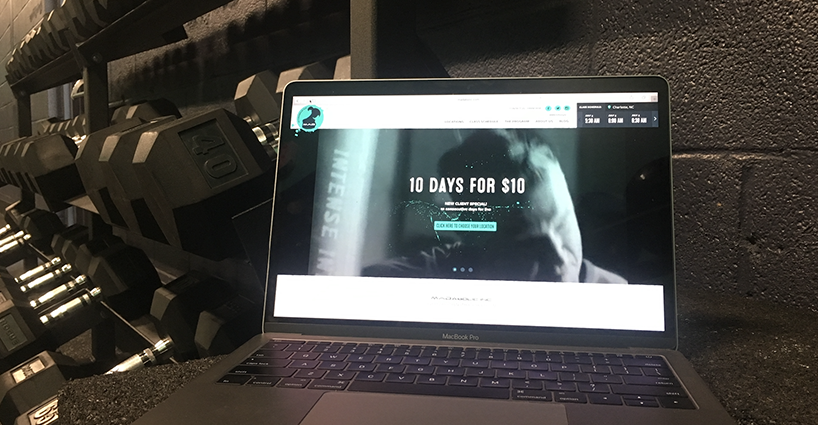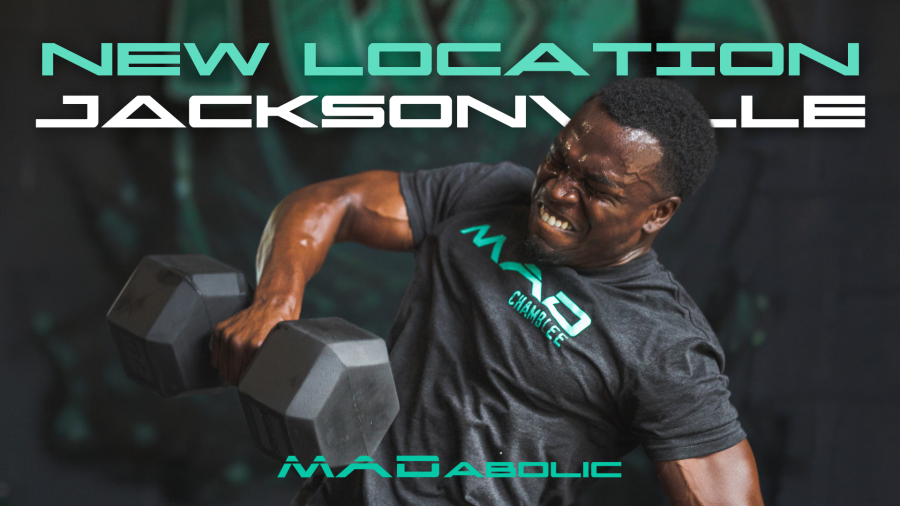Let’s remove the stigma around strength training, shall we? Consistency in strength and conditioning should not be isolated to the routines of elite and professional athletes. In fact, a regular training schedule can benefit just about anyone, regardless of background. From yogis to runners to parents to – today’s feature beneficiary – corporate professionals, a carefully designed strength-biased training session delivers a number of short-term and long-term benefits.
In the corporate arena, there are a variety of perceived hurdles that may prevent the professional crowd from incorporating some degree of strength and conditioning into their weekly routine. Maybe it’s the time commitment; maybe it’s the notion that weight-intensive exercise is irrelevant to the every day exerciser (or non-professional athlete); or maybe it’s the belief that weight training is unsafe. The purpose of this article is to provide an informative perspective on why strength training is conducive to the corporate population and bust through some of the prevailing obstacles.
“It takes too long”
A large population of working professionals shy away from strength training because “it’s too time consuming.” Many fitness products push the “more is better” theory, encouraging anywhere from 60 to up to 90 minutes of exercise per day. Understandably, factoring that amount of time into a day that’s already rammed with 9+ hours in the office becomes challenging and discouraging.
We tend to disagree with the “more is better” concept. You don’t need 90 minutes to experience results. We’ll even argue you don’t need 60. Time is a valuable resource, particularly for those with the rigor of a full-time, corporate job. Therefore, we find that training with efficiency and purpose is a far more effective strategy for performance and health – inside and out of the gym. The 30 to 35 minute mark seems to be a resounding sweet spot in the scope of a well structured strength workout. A quick interval-driven session oriented around dynamic weighted movements (think: kettlebells, dumbbells, and/or medicine balls) respects the demands of a corporate schedule well.
“It takes too long”
A large population of working professionals shy away from strength training because “it’s too time consuming.” Many fitness products push the “more is better” theory, encouraging anywhere from 60 to up to 90 minutes of exercise per day. Understandably, factoring that amount of time into a day that’s already rammed with 9+ hours in the office becomes challenging and discouraging.
We tend to disagree with the “more is better” concept. You don’t need 90 minutes to experience results. We’ll even argue you don’t need 60. Time is a valuable resource, particularly for those with the rigor of a full-time, corporate job. Therefore, we find that training with efficiency and purpose is a far more effective strategy for performance and health – inside and out of the gym. The 30 to 35 minute mark seems to be a resounding sweet spot in the scope of a well structured strength workout. A quick interval-driven session oriented around dynamic weighted movements (think: kettlebells, dumbbells, and/or medicine balls) respects the demands of a corporate schedule well.
“It’s too draining”
On the contrary. Strength training is as mentally stimulating as it is physical. In fact, a regular strength and conditioning routine increases the production of ATP, which is essentially the human body’s biological currency of energy, produced by your cells’ mitochondria (the “energy powerhouse”, so to speak, at the cellular level). In layman’s terms, this surplus in cellular energy production signifies a boost in mental output, fostering productivity and cognitive invigoration in the workplace.
On a related note, engagement in the workplace is yet another benefit stemming directly from the body’s biochemical reaction to physical exertion. During, say, a 35-minute session of interval-based strength and conditioning, your body releases mood-elevating endorphins and dopamine to your brain. These neurotransmitters enable a happier, more engaged mental state in tandem with your workout. Consider including a few brief AM strength training sessions into your routine if you otherwise enter your office feeling sluggish or disengaged in the mornings. Alternatively, scheduling the workout into your lunch hour is a great way to heighten productivity and engagement as you face the latter half of your day.
“It doesn’t translate to a desk job”
On the surface, it may seem harmless (and may even be comfortable) to remain seated for a large portion of the day; however, sitting for long periods of time can be detrimental to your long-term health. A jaw-dropping number of Americans sit all day at work. Not only are negative metabolic impacts in play, but this sedentary habit also invites a variety of potential injuries.
Of course, identifying opportunities to sit less and move more throughout the work day is highly recommended (the gaining popularity of standing desks is a nice start). Additionally, including regular strength training sessions that incorporate functional movement patterns is a great way to combat the physical strain related to the desk-driven office environment. “Functional movement patterns” is a key phrase here. For example, the more complex, highly technical barbell movements typically seen in an olympic lifting program – while very impressive and effective when properly performed (think: elite athletes and competitors) – may not be the most practical choices when in pursuit of everyday strength and athleticism. Rather, combining the use of dynamic weights (Let’s refer back to kettlebells, dumbbells, medicine balls, etc.) with fundamental movements such as squatting, hinging, pushing, and pulling can drastically improve functional strength and mitigate the physical wear and tear associated with the sedentary strain that often pervades standard corporate desk job.
In closing
Though there is a wealth of reasons strength and conditioning can benefit the corporate professional, we find the concepts of efficiency, productivity, engagement, and offsetting the negative impacts of sedentary desk habits to be the most compelling.
At MADabolic, we move and we move often. We are everyday athletes, we are parents, we are runners, we are yogis, we are small business owners, we are corporate professionals. Our platform is founded on passion, education, and a true athletic experience designed to complement your lifestyle – from elite athletes to everyday people. We invite you to step through our doors and see how we can provide you the strength and athleticism to genuinely excel in what you do.
Click here to experience the #MADness – 10 days for $10.
AND/OR
Get in touch with your local community leader and learn more about our exclusive Corporate Wellness packages.



